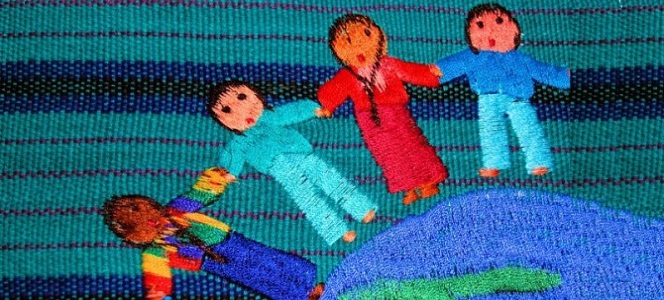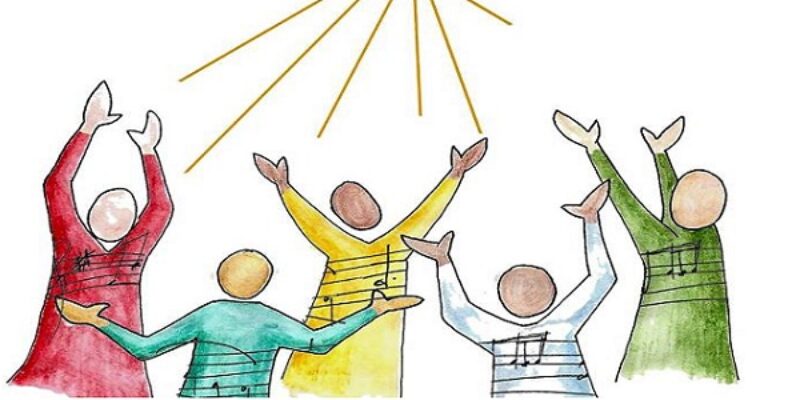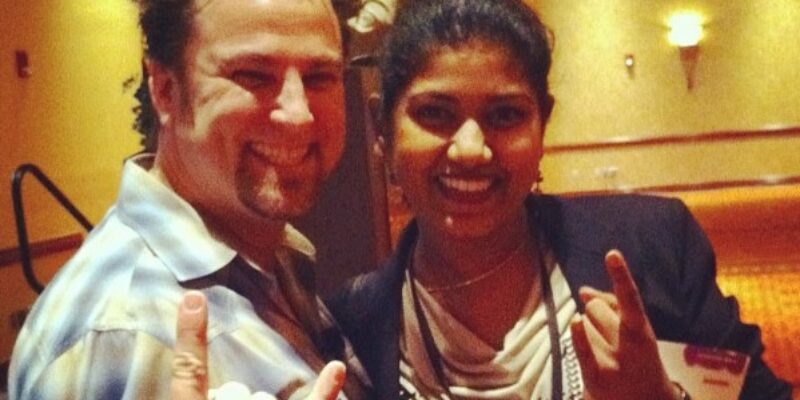Lets kick off this week with the part IV of Brain Drain Series – Handling Cultural Diversity at workplace. Check out Part I, Part II and Part III.
USA is a multicultural land where people come from all over the world and find their wisdom in the land of the free. It is a nation rich with culture, diversity, freedom and opportunities!
I have been studying more about different cultures. What are the unique things that make them different from mine (Indian) and especially what differences are highlighted when woking in an American workplace. I have interviewed a few friends of mine mostly from Asian cultures like China, Philippines, India and other east asian countries and who are currently working in companies located in Dallas area.
I asked them what difference would they highlight between their and American cultures . Something that helped them or something that put them in trouble at the workplace.
And I hope their insights will help you while dealing with a diverse work force.
Language Barrier: Jose Cabuslay from Philippines says:
I think #1 difference is the language barrier. This always cause trouble because of misunderstanding.
For us Filipinos we have the same problem because we are very emotional. We tend to give meaning to all the things we heard especially if it’s directly pointed to us. For Americans saying foul language is okay. It’s just an expression for them but for us it means something. Example If I am talking to someone else and suddenly he said “STUPID, why did you do that?” That can throw me away from him but this is something I learned. I learned how to adjust and don’t give meaning to all those kind of stuff.
Another thing is the separation of profession vs personal life. For Filipinos, what happens in the family usually carried over inside the office or vice versa but for Americans what happens at home stays at home and what happens in the office stays in the office. Another example of that is playing basketball for Americans they can curse or punch someone inside the court but after the game they are friends again. For Filipinos if get hurt during the game expect a fight or brawl after the game is done.
Being emotional, if we have a fight today I won’t probably talk to you for days. Ha ha but for the Americans it’s like nothing happened.
Time Management: Nikhil Kumar from India says:
One of the biggest differences at workplace that I can highlight is the Time Management skills of Americans and that’s one thing I practiced after reaching here and learned from them. They value their time and appreciate others time as well. If you have an appointment with someone they will reach on time or at least 10 minutes prior to that. Keeping someone waiting for long is showing disrespect among Americans.
Here people come to office at 8 and leave on time. Because they want to enjoy their time with their family or pursue their interests outside of work. In US, employees are free to work on a flexible schedule and atmosphere is mostly informal where we address even our CEO by his first name.
Whereas in India, even if you have a doctor’s appointment you are likely to be late there too. Also we find it very difficult to say NO to anything. For examble you might have been asked to meet someone over dinner and instead of saying No right away, you would wait till the last moment and then come up with some last minute excuse. And the person might have waited you for long and lost patience and trust in you.
While Indian companies allow flexible working hours, when employees sit late at work or leave office early, it is considered that something is wrong. It is like people judge your productivity on the basis of time spent at work. And senior employees are often addressed as ‘Sir’ along with their first name.
One thing which I want to add here is that I have seen in Indian work culture people building stronger friendships with their colleagues. Most of the times their best friend at work would be a best friend in their life. But in American work culture even if they maintain a friendly relationship with people at work they like to keep their friends in personal life and at work separate.
Work Relationships: Chun Hua from China says:
In our culture we share our family issues only with someone who we have built a trusting relationship with. We value trust and relationships most and that occurs eventually with long term interactions. Until we have not build a trusting relationship we will try to be formal and may not open up to people.
But here in America people at work share everything about their life. When my colleague shared about her divorce problem and what she is going through I was kind of surprised. For them it is just a way of helping us understand them better.
Now that we have heard from a few workforce from different cultures. Lets hear a manager’s take on managing a team from diverse culture and backgrounds.
Colin Catto says:
Well regardless of a person’s culture or background I always try to use the Golden Rule.
‘One should treat othess one would like others to treat oneself’. Everyone wants to be treated with respect and fairly just as I expect the same thing.
Also everyone wants to feel part of a team and try to encourage that as well…as well do I…In our company it is made up of team members from a variety of different backgrounds and cultures. So I try to be aware, considerate and tolerant of cultural differences. Also need to educate myself on these cultural differences as well.
Also in team meetings try not to use English slang words as they can be misinterpreted or jokes that might be perceived as offensive or even discrimination.
But bottom line to me is the Golden Rule which applies across all boundaries, cultures and backgrounds – One should treat others one would like others to treat oneself
Thank you to Jose Cabuslay, Nikhil Kumar, Chun Hua & Colin Catto for sharing your experiences and insights with me.
I hope their experiences will be useful when you interact with someone from a different culture than yours. Look forward to reading your opinions and experiences working with a diverse workforce.





